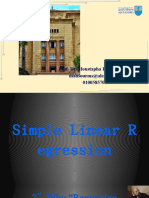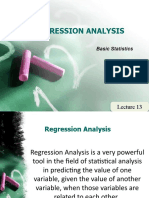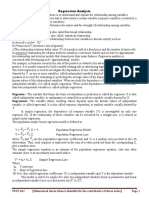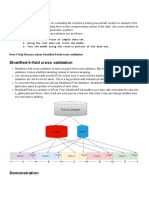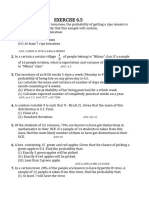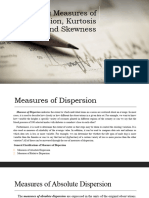0% found this document useful (0 votes)
15 views30 pagesLecture 16 Regression
The document provides an overview of data analysis and statistical modeling, focusing on regression analysis and its applications. It outlines key concepts, notations, and requirements for regression, as well as guidelines for using regression equations for predictions. Additionally, it includes example calculations and Python code for finding and visualizing regression equations.
Uploaded by
bscs23091Copyright
© © All Rights Reserved
We take content rights seriously. If you suspect this is your content, claim it here.
Available Formats
Download as PDF, TXT or read online on Scribd
0% found this document useful (0 votes)
15 views30 pagesLecture 16 Regression
The document provides an overview of data analysis and statistical modeling, focusing on regression analysis and its applications. It outlines key concepts, notations, and requirements for regression, as well as guidelines for using regression equations for predictions. Additionally, it includes example calculations and Python code for finding and visualizing regression equations.
Uploaded by
bscs23091Copyright
© © All Rights Reserved
We take content rights seriously. If you suspect this is your content, claim it here.
Available Formats
Download as PDF, TXT or read online on Scribd
/ 30




